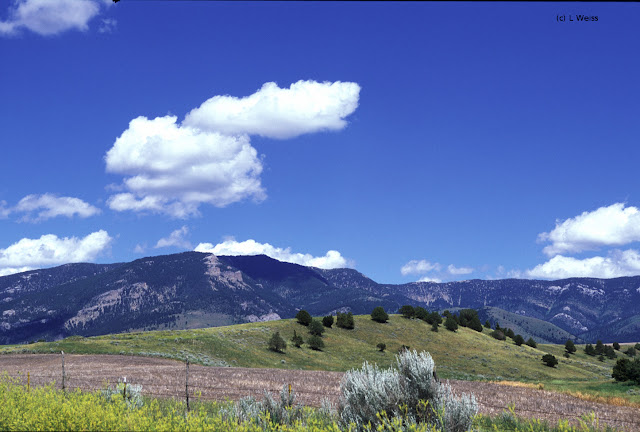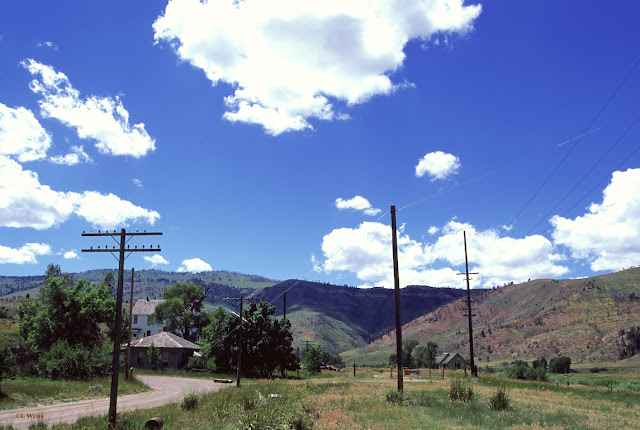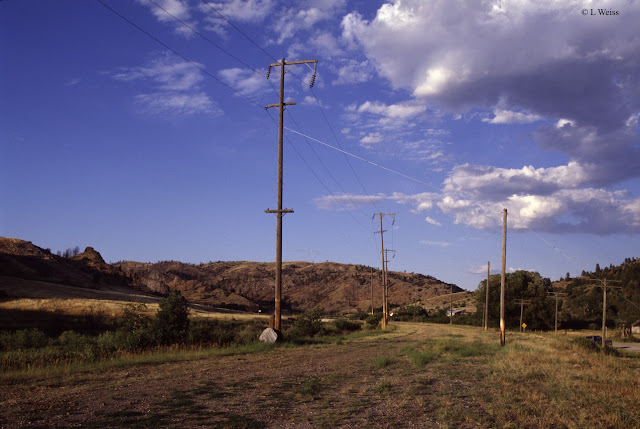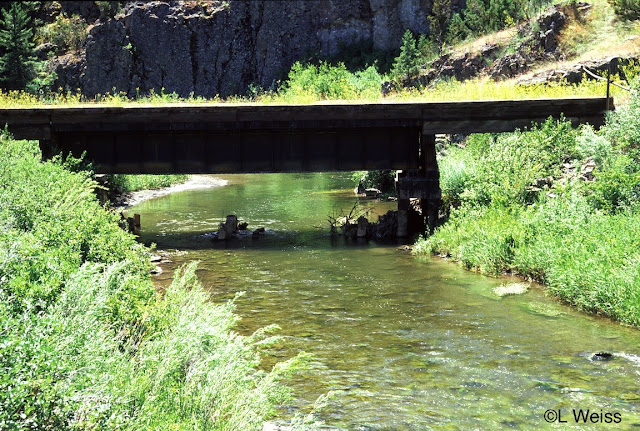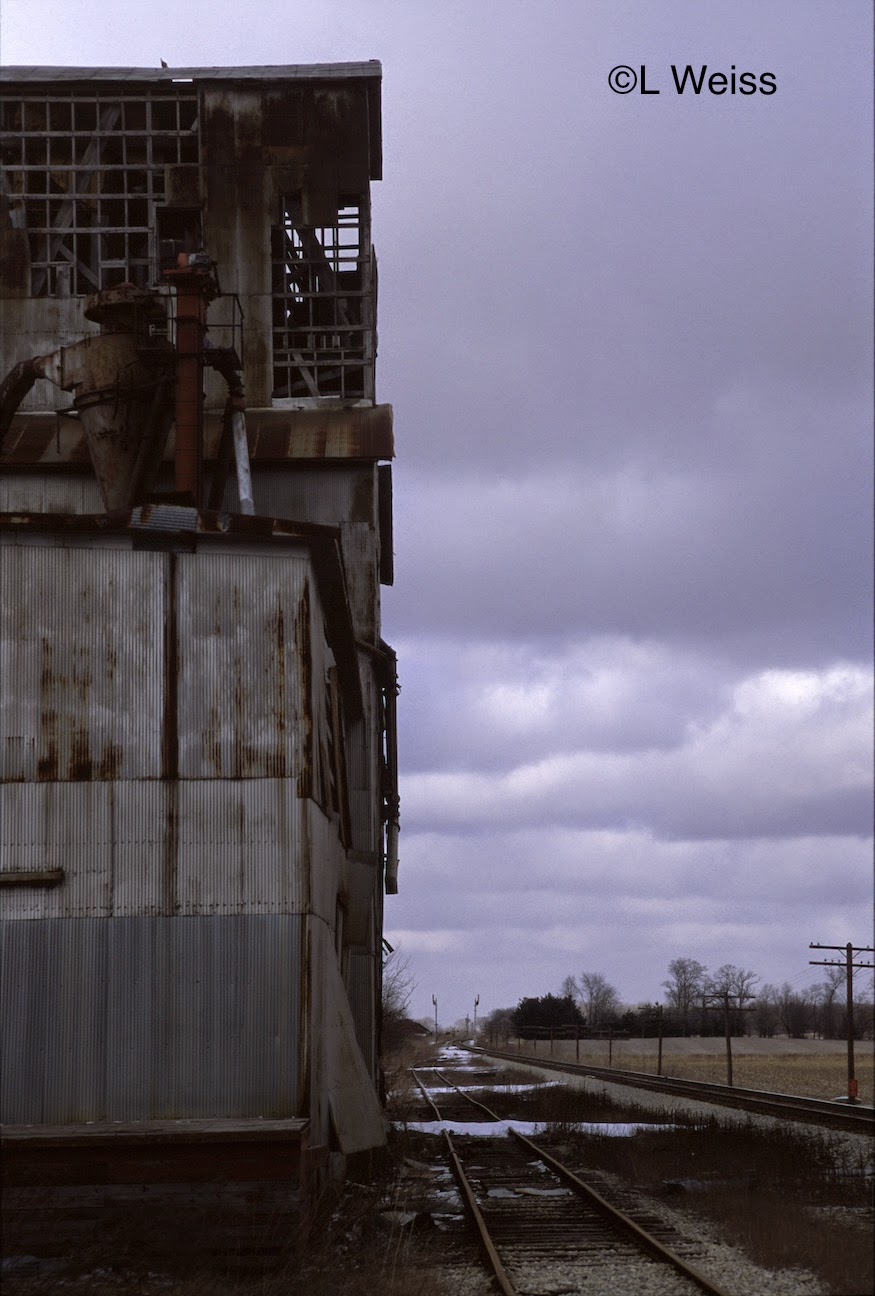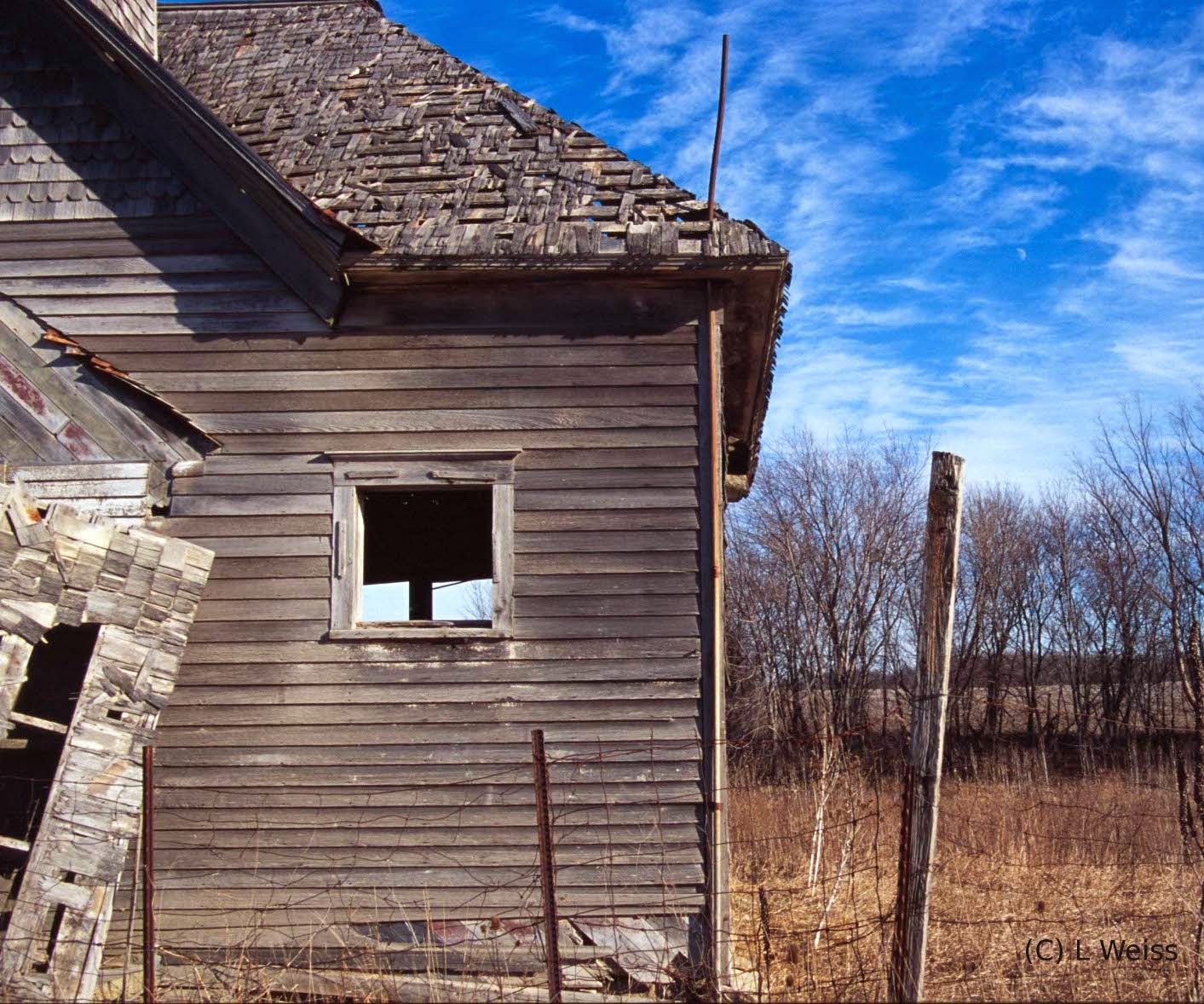A Land Impearled
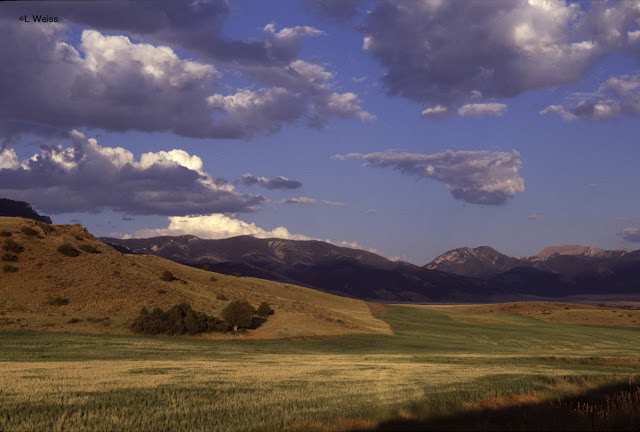
Today, the mainlines that work west from hubs like Chicago seem to share a common thread: heavy rail and lots of trains. The right of way is well manicured, the ballast seemingly clean and shaped uniformly for endless miles that click by beneath the steel wheels. Today's railroads have become efficient point to point haulers which share another commonality as well: branch lines that used to traversed the countrysides like a spider's web have vanished. Many of these lines were divested in the 80s and 90s as companies took advantage of the Staggers Act and sought to rid themselves of low-profit, low-density rail lines. Some continued on as small short line railroads, others as modest regionals. Although some of the branch lines have survived the years, the numbers are undeniable: since the total US rail miles peaked in the early part of the 20th century, nearly half have been removed [1]. There is something special about a branch line though - even an abandone
